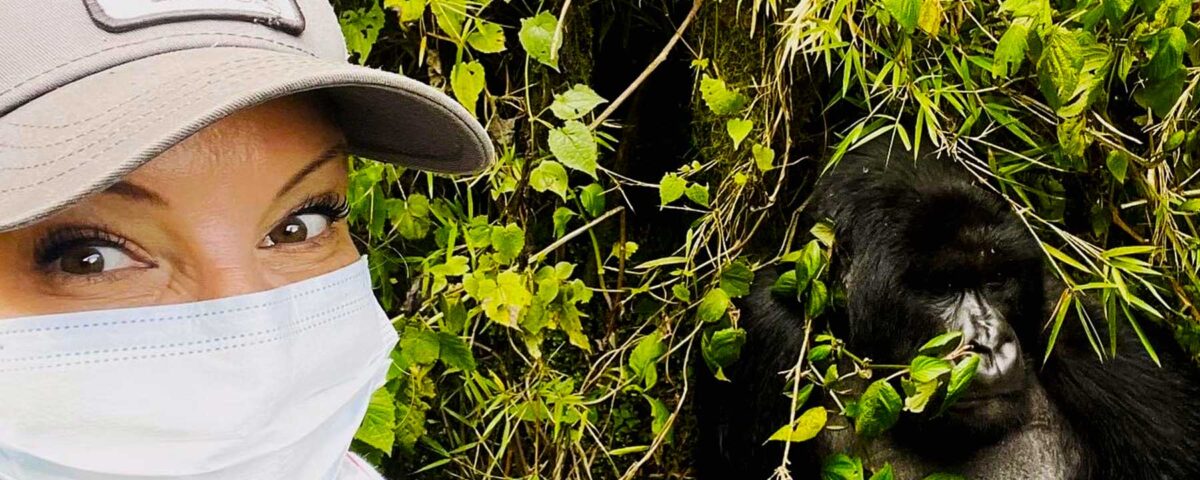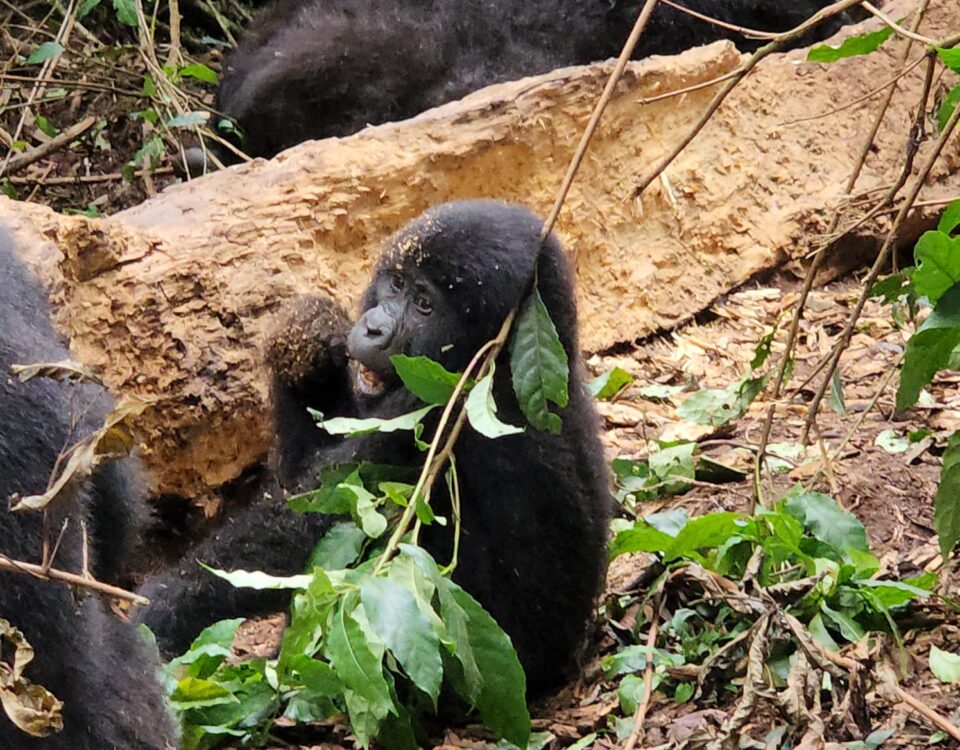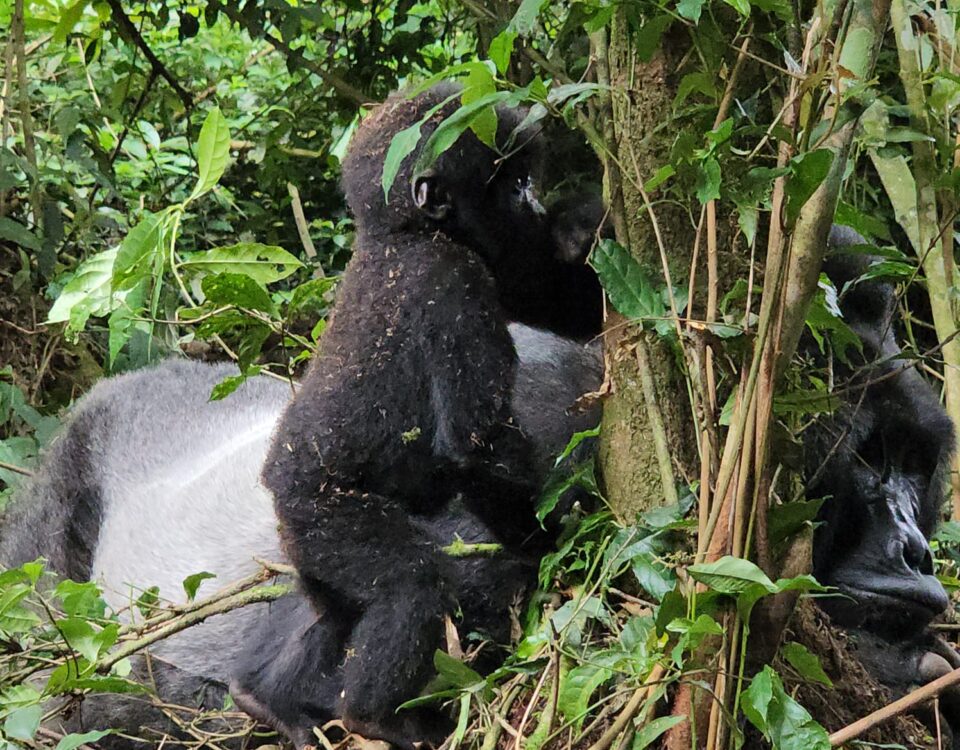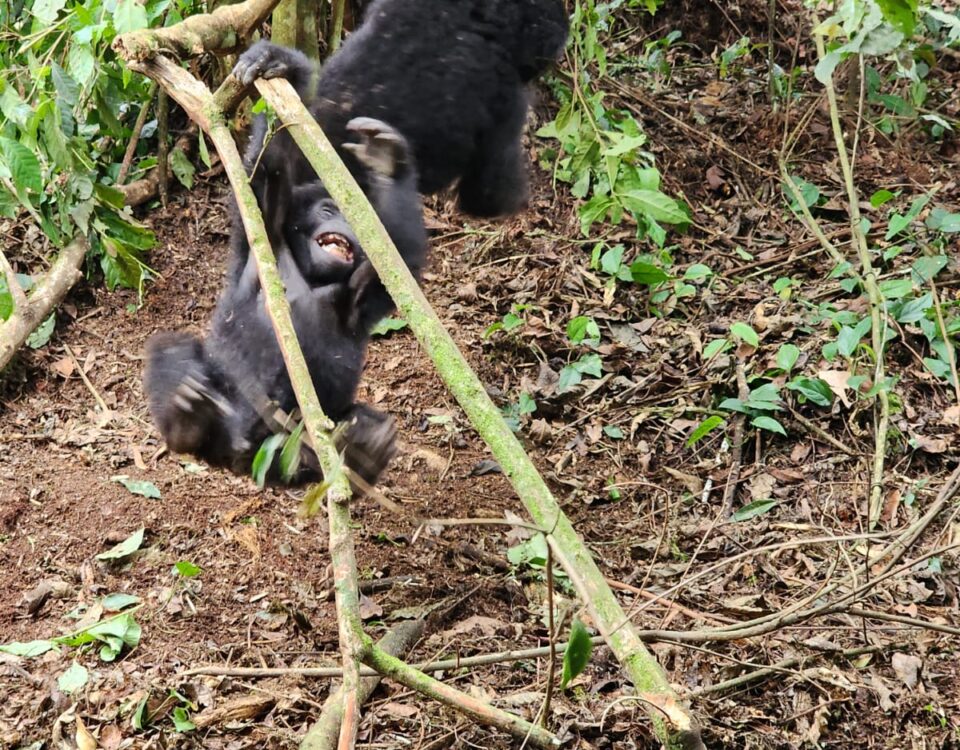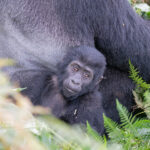
Can I See Baby Gorillas During the Trek?
April 1, 2025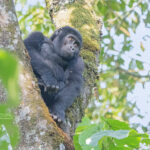
Are the Gorillas in Rwanda Habituated for Human Contact?
April 2, 2025What is the Significance of Gorilla Trekking in Rwanda?
What is the Significance of Gorilla Trekking in Rwanda? Gorilla trekking in Rwanda is a once-in-a-lifetime experience that attracts travelers from all over the world. This unique adventure allows you to venture deep into the misty jungles of Volcanoes National Park and come face to face with the endangered mountain gorillas that inhabit the region. The significance of gorilla trekking in Rwanda goes beyond the opportunity to see these majestic creatures in their natural habitat. It encompasses conservation, education, cultural exchange, and the role of tourism in the economy and local communities.
In this article, we will explore why gorilla trekking is so significant and how it contributes to wildlife conservation, sustainable tourism, and local development in Rwanda. By understanding the broader importance of this activity, you can appreciate not only the experience itself but also how it impacts both the environment and the people of Rwanda.
Best Uganda Rwanda Safari Packages
The Conservation Impact of Gorilla Trekking
One of the main reasons gorilla trekking is so significant is its role in the conservation of mountain gorillas. These gentle giants were once on the brink of extinction, with only about 250 individuals remaining in the wild by the late 1980s. Thanks to concerted efforts from conservation organizations, the Rwandan government, and local communities, the mountain gorilla population has seen a significant recovery.
Rwanda, along with Uganda and the Democratic Republic of Congo, is home to the Virunga mountain range, where the world’s remaining mountain gorillas live. In Rwanda, Volcanoes National Park is the primary location for gorilla trekking. The park is part of a cross-border conservation initiative to protect these incredible creatures. The government of Rwanda, along with non-governmental organizations like the Dian Fossey Gorilla Fund and the World Wildlife Fund (WWF), has implemented strict measures to combat poaching, habitat destruction, and human-wildlife conflict.
Gorilla trekking plays a central role in this conservation effort. By offering visitors the chance to see mountain gorillas up close, the activity generates crucial funding for the park and conservation initiatives. Trekking permits sold to tourists provide the financial resources needed for anti-poaching patrols, research programs, and habitat restoration projects. Without this income, conservation efforts would struggle to survive, and the future of the mountain gorillas would be uncertain.
Gorilla Trekking as a Tool for Education and Awareness
Gorilla trekking is not just about the thrill of seeing these magnificent creatures in the wild. It also serves as a valuable tool for educating people about the importance of wildlife conservation. Before heading out on a trek, tourists are given educational briefings by experienced guides, who share information about the biology, behavior, and social structure of mountain gorillas.
The experience also raises awareness about the threats that these animals face, such as habitat loss due to agricultural expansion, poaching, and disease transmission from humans. Many visitors leave Rwanda with a deeper understanding of the need to protect mountain gorillas and other endangered species, which they can carry back to their home countries.
Furthermore, gorilla trekking provides an opportunity to educate the local communities living near Volcanoes National Park. As the eco-tourism industry continues to grow, communities are increasingly becoming involved in conservation efforts. Many people from surrounding villages work as guides, porters, and rangers, ensuring that they are active participants in the protection of the gorillas. This involvement fosters a sense of ownership and pride in the conservation process and encourages locals to work together to safeguard Rwanda’s natural heritage.
Economic Impact: How Gorilla Trekking Boosts Rwanda’s Economy
Gorilla trekking is one of the most lucrative forms of eco-tourism in Rwanda, and it plays a pivotal role in the country’s economy. The sale of gorilla trekking permits, which can cost as much as $1,500 per person for an hour with the gorillas, generates millions of dollars in revenue annually. This income is directed towards various sectors, including park management, infrastructure development, and community projects.
In addition to government revenues, local businesses benefit significantly from the influx of tourists. Hotels, restaurants, and transportation providers in nearby towns like Kigali and Musanze rely heavily on the tourism industry. Local artisans also have the opportunity to sell their crafts to visitors, generating extra income for their families.
Moreover, the eco-tourism industry has created numerous job opportunities for local people. Many residents are employed as porters who assist trekkers by carrying their bags, while others work as guides, sharing their knowledge of the gorillas and the surrounding ecosystem. This employment not only provides income but also helps to reduce poverty in the area, contributing to the overall social development of Rwanda.
The economic benefits of gorilla trekking are not just limited to the tourism industry. The revenue generated by gorilla trekking supports important conservation programs and community development projects, ensuring that the benefits of tourism are shared with the local population and the environment. It’s a model of sustainable tourism, where both the natural and human communities thrive together.
Cultural Exchange and the Role of Local Communities
Gorilla trekking also offers a unique opportunity for cultural exchange between visitors and local communities. Many tourists come to Rwanda not just for the gorillas but also to learn about the country’s rich culture, history, and traditions. Rwandans are known for their hospitality, and visitors often have the chance to interact with the local people through village visits, cultural performances, and traditional crafts.
These exchanges help foster mutual understanding and respect between different cultures. For the local communities, the benefits of tourism go beyond financial rewards. The presence of tourists brings exposure to new ideas, ways of thinking, and experiences that can contribute to their personal growth and development.
In addition, the involvement of local people in gorilla conservation efforts encourages the preservation of Rwandan cultural heritage. As part of the efforts to engage local communities in conservation, some villages around Volcanoes National Park offer experiences that highlight Rwandan culture, such as traditional dance performances, local crafts, and cooking lessons. These cultural activities provide visitors with a deeper connection to the country and its people, enriching the gorilla trekking experience.
The Role of Gorilla Trekking in Long-Term Conservation
The significance of gorilla trekking extends far beyond just the immediate conservation and economic benefits. It contributes to long-term sustainability and the future of Rwanda’s mountain gorillas. By providing ongoing funding for scientific research, habitat restoration, and anti-poaching measures, eco-tourism helps ensure that mountain gorillas continue to thrive in the wild.
Gorilla trekking also plays a key role in the genetic diversity of the mountain gorilla population. Through careful monitoring of gorilla groups, researchers can track the health of the population and identify any risks to their survival, such as disease outbreaks or inbreeding. This ongoing research allows for targeted conservation efforts and helps protect the gorillas’ future.
Furthermore, Rwanda’s commitment to the protection of mountain gorillas serves as a model for other countries in Africa and around the world. The success of gorilla conservation in Rwanda has inspired similar efforts in Uganda and the Democratic Republic of Congo, where mountain gorillas also reside. The shared responsibility of protecting this critically endangered species across borders strengthens the global conservation movement.
Conclusion: A Legacy of Conservation, Education, and Economic Growth
The significance of gorilla trekking in Rwanda cannot be overstated. It is a powerful force for conservation, economic development, and cultural exchange. Through the income generated from gorilla trekking, Rwanda has been able to fund vital conservation programs that protect mountain gorillas and their habitat. Additionally, the activity promotes education about the importance of wildlife protection and provides local communities with economic opportunities and cultural enrichment.
By participating in gorilla trekking, visitors are not only contributing to the protection of an endangered species but are also helping to ensure the long-term sustainability of Rwanda’s eco-tourism industry and local development. As the mountain gorilla population continues to grow, so too does the significance of this incredible wildlife experience.
For those looking to witness the beauty of Rwanda’s mountain gorillas, the opportunity to do so is not just an adventure—it is a chance to be part of a global effort to preserve one of the planet’s most remarkable creatures for future generations.

